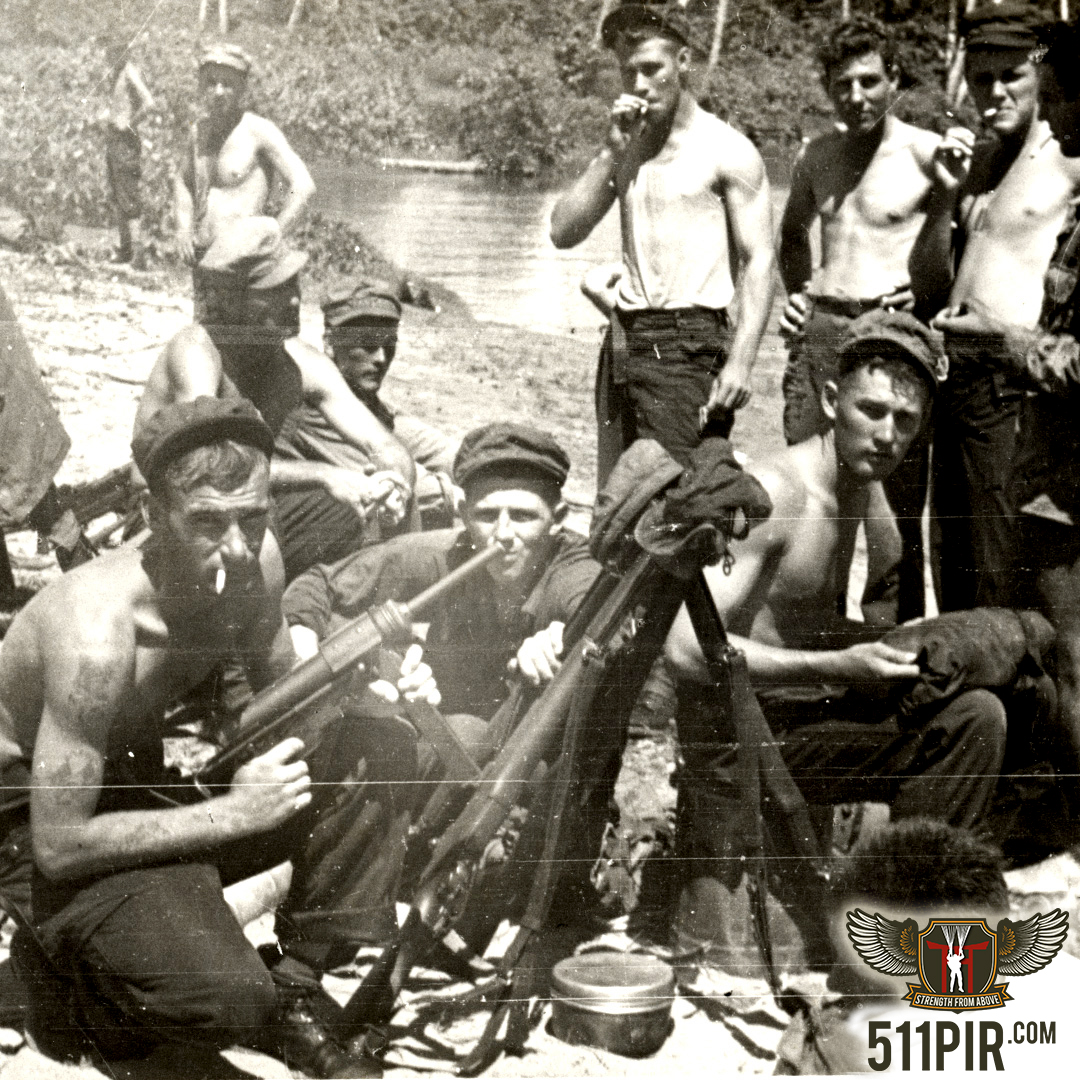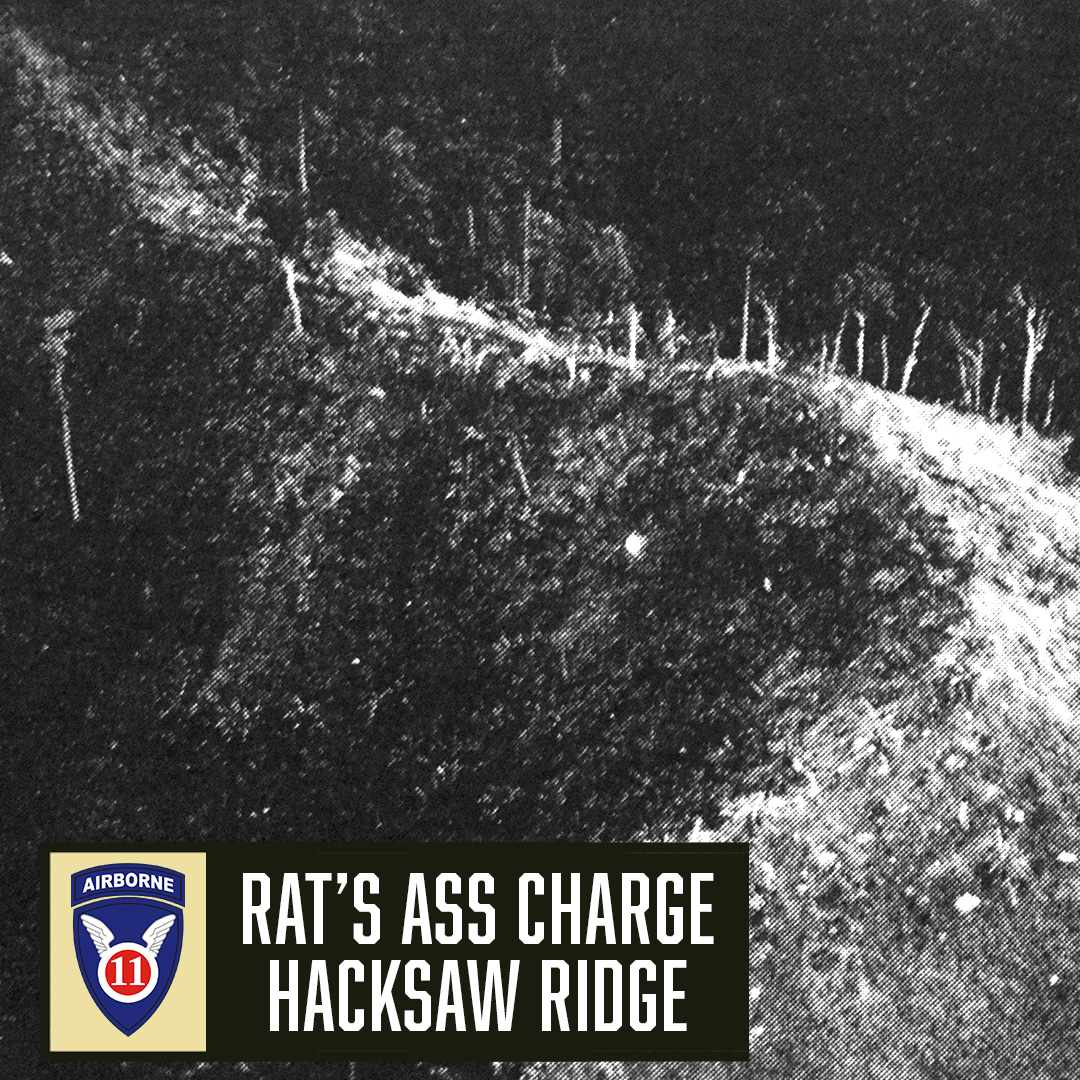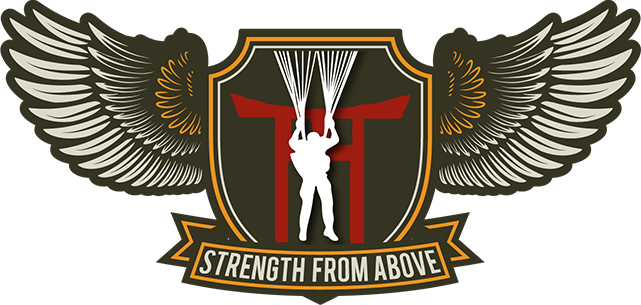 At 1900, CPT Stephen "Rusty" Cavanaugh was notified that D Company would affect the frontal attack the following morning, December 22 (D+35). Rusty was also informed that the trail leading up to the enemy positions (pictured to the right) was narrow and densely forested and with night’s darkness now upon them, no reconnaissance could be made. With far too little information for his taste, CPT Cavanaugh left Battalion HQ.
At 1900, CPT Stephen "Rusty" Cavanaugh was notified that D Company would affect the frontal attack the following morning, December 22 (D+35). Rusty was also informed that the trail leading up to the enemy positions (pictured to the right) was narrow and densely forested and with night’s darkness now upon them, no reconnaissance could be made. With far too little information for his taste, CPT Cavanaugh left Battalion HQ.
"We are going to hit them just before daylight and take the ridge," he told his assembled platoon leaders. Gambling on stealth and surprise, Dog Company would pass through Fox Company’s positions and cross the Line of Departure in a column of platoons. 1st Platoon would take the lead and affect the main assault and Rusty elected to march directly behind 1st Squad which would allow better operational control.
After being told of their mission, "We were issued three K-Rations…and I ate all three that night," said PFC Charlie Jones. "E and F Companies had the hell knocked out of them; I thought 'Why save them?'"
E and F Companies had indeed "had the hell knocked out of them" earlier that day. Hoping to get to Ormoc before GEN Swing sent the relatively-fresh 187th GIR (which was on its way) to break through to the coast, COL Haugen had sent E and F Companies up the steep southern flanks of what 2nd Battalion had called "Hacksaw Ridge" after COL Hacksaw. The young paratroopers of E and F Companies could smell the sea breeze in the air, but quickly found themselves facing a well-entrenched foe in their way.
While they inflicted heavy losses on the enemy, and advanced 900 yards southwest, 1LT Andrew Carrico noted, "After repeated unsuccessful attacks against a tenaciously defended enemy strongpoint, (E and F Companies were) forced to disengage and establish a perimeter for the night."
 A few hours after D Company finished their late night preparations for their own push up Hacksaw Ridge, as a morning rain fell, scout PFC David Vaughn of led 1st Platoon across the LOD at 0400 while the rest of D Company hung back. The spine of the ridge that 1st Platoon was cautiously moving up was just too narrow; in fact, CPT Cavanaugh later explained, it was so narrow that "In actuality the company was attacking with a two or three man front."
A few hours after D Company finished their late night preparations for their own push up Hacksaw Ridge, as a morning rain fell, scout PFC David Vaughn of led 1st Platoon across the LOD at 0400 while the rest of D Company hung back. The spine of the ridge that 1st Platoon was cautiously moving up was just too narrow; in fact, CPT Cavanaugh later explained, it was so narrow that "In actuality the company was attacking with a two or three man front."
Moving up in such a narrow column, the Angels quietly scaled the trail to a slightly wider area roughly two hundred yards from the enemy’s suspected positions. Pausing to quietly fix bayonets and recheck their rifles, machine guns and ammo, under orders for silence the Angels shared nods of good luck before 1st Squad wheeled left off the trail while 2nd Squad headed to the right.
1st Platoon was divided thus:
Platoon HQ (pictured in photo to the right) included Platoon Leader 1LT Andrew Carrico, T/SGT William Corley, S/SGT George J. Cushwa, CPL Eldon Norton and PFCs Marion Crowl, Joseph Signor and Alfred "Al" Haar.
1st Squad’s thirteen members consisted of S/SGT George Taylor with SGT Archer Copley as assistant, ammo carrier PFC George Schlobohm, and riflemen PFCs Sam Sheffield, Arthur Chlebove, Elmer Eutsler, Charlie Jones and John Tkaczyk with T-5 George Locke and PVTs Cass Wotusiak, W. E. Milbrant and George Hammond.
2nd Squad’s roster consisted of fifteen soldiers PFCs William L. "Bill" Dubes, John H. Bittorie, Russell C. Kilcollins, Thomas W. Talbot, Earl D. Richardson, James W. Tuten, Charles N. Wise, Augustus F. Wilder, Harvalee L. Watson, Henry A. Olbrych, David V. Vaughn and PVTs Stewart D. Stevenson, Gilberto C. “Slick” Sepulveda, Myron W. Pickens and William R. Pugh.
As dawn tried (but failed) to creep through the heavy clouds, 1st Platoon's advancing 2nd Squad noticed a Japanese sentry at the edge of the field fifteen yards away to the right. The young paratroopers watched as scout PVT Sepulveda of El Paso, TX snuck forward, bayonet at the ready, but when the enemy slowly turned and noticed Gilberto, “Slick” shot him which drew the attention of the sentry’s comrades lounging close by. Slick fell with their opening volley.

